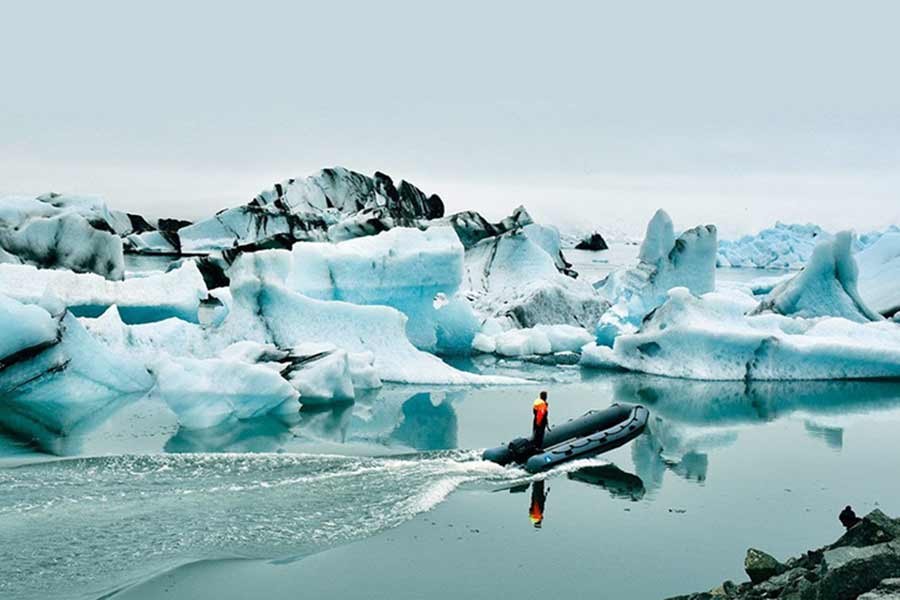Some of the world's most iconic glaciers are set to vanish by 2050 due to carbon emissions warming the planet, said a new study by UNESCO.
Fifty UNESCO World Heritage sites are home to glaciers, representing about 10 percent of the world's glacier areas, including some of the world's best-known glaciers. They include the highest (next to Mount Everest), the longest (in Alaska), and the last remaining glaciers in Africa.
Glaciers in a third of sites are under threat. However, UNESCO said, the rest can still be saved if global temperatures do not exceed 1.5 degrees Celsius compared with pre-industrial times, according to UNB.
The UNESCO study shows that these glaciers have been retreating at an accelerated rate since 2000 due to CO2 emissions.
World Heritage glaciers lose on average some 58 billion tons of ice every year – equivalent to the total annual volume of water used in France and Spain together – and are responsible for nearly five per cent of observed global sea-level rise.
The glaciers under threat are in Africa, Asia, Europe, Latin America, North America and Oceania.
"Only a rapid reduction in our CO2 emissions levels can save glaciers and the exceptional biodiversity that depends on them. COP27 will have a crucial role to help find solutions to this issue," UNESCO Director-General Audrey Azoulay said.
Also, UNESCO is advocating for the creation of a new international fund for glacier monitoring and preservation – such a fund would support comprehensive research, promote exchange networks between all stakeholders and implement early warning and disaster risk reduction measures.
Half of humanity depends directly or indirectly on glaciers as their water source for domestic use, agriculture, and power. Glaciers are also pillars of biodiversity, feeding many ecosystems.
"When glaciers melt rapidly, millions of people face water scarcity and the increased risk of natural disasters such as flooding, and millions more may be displaced by the resulting rise in sea levels," said International Union for Conservation of Nature Director General Bruno Oberle.


